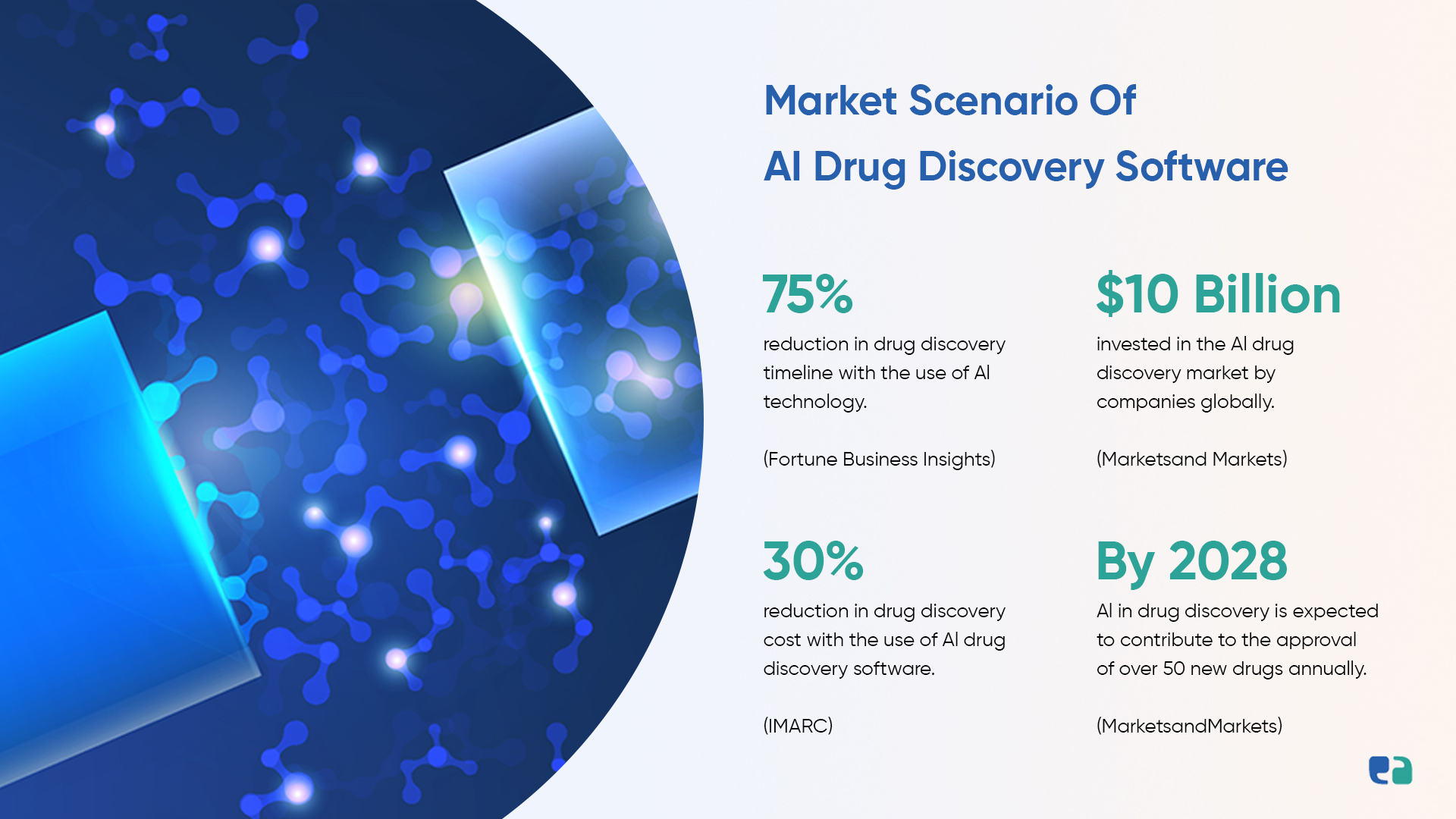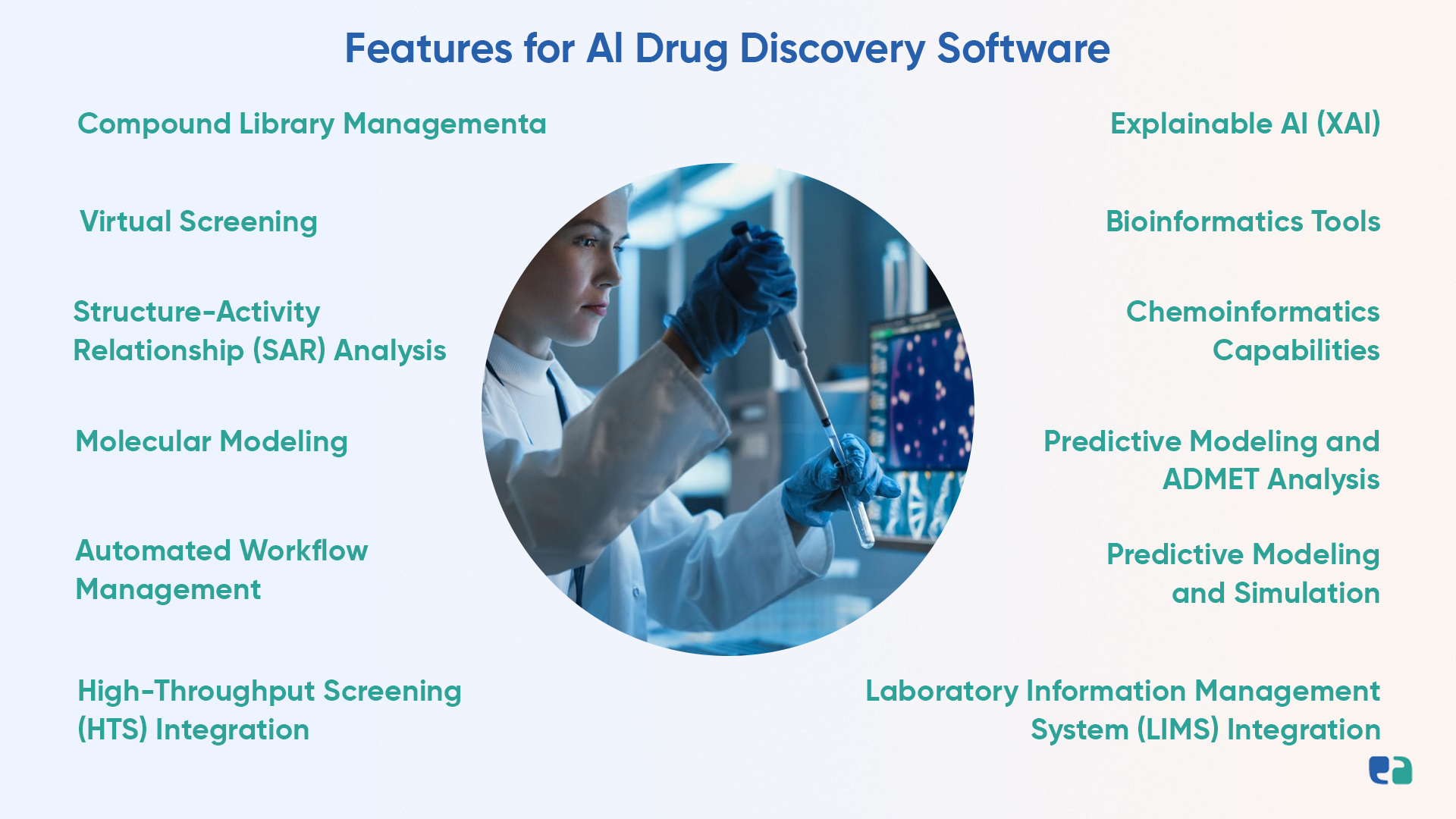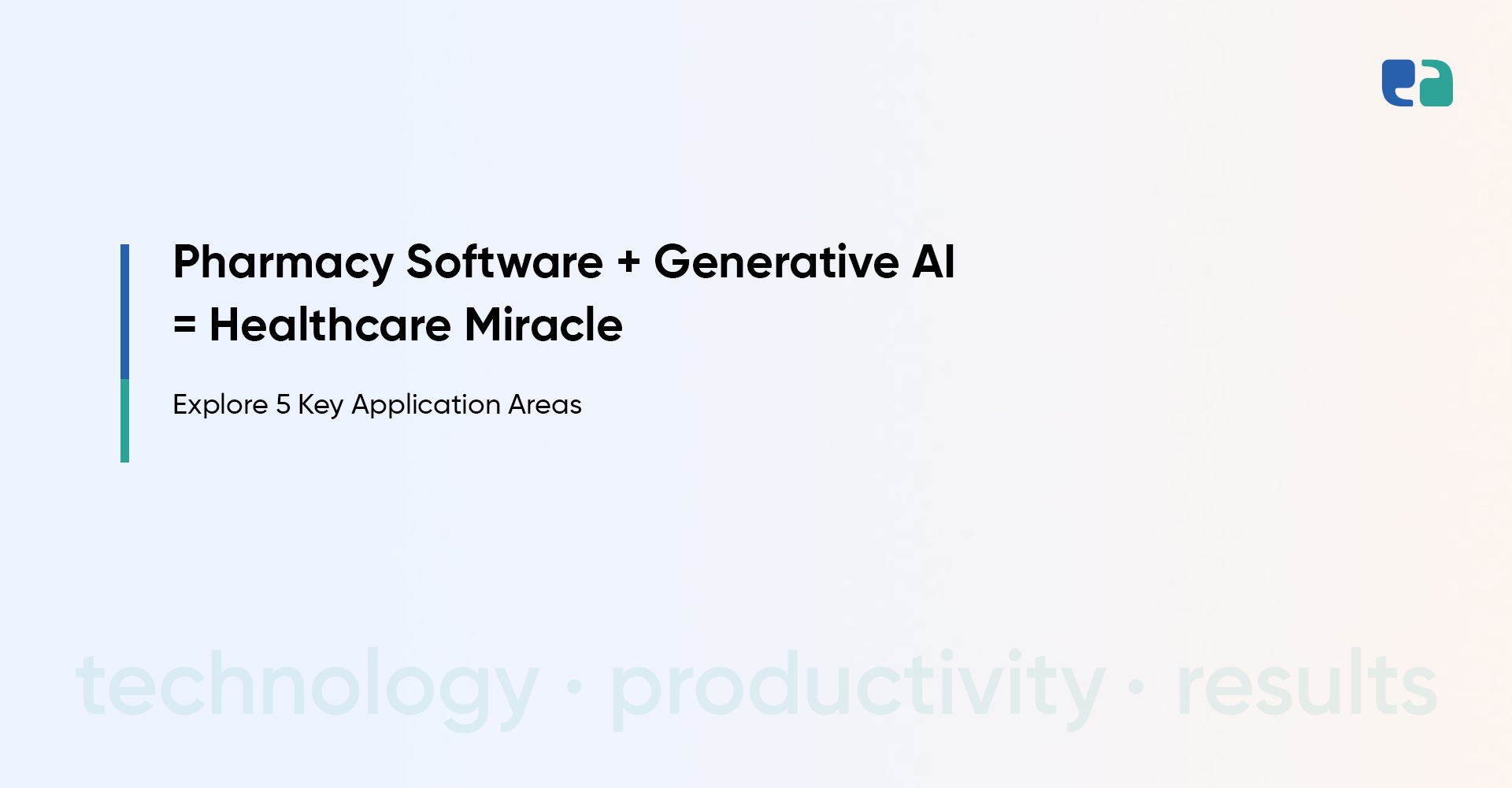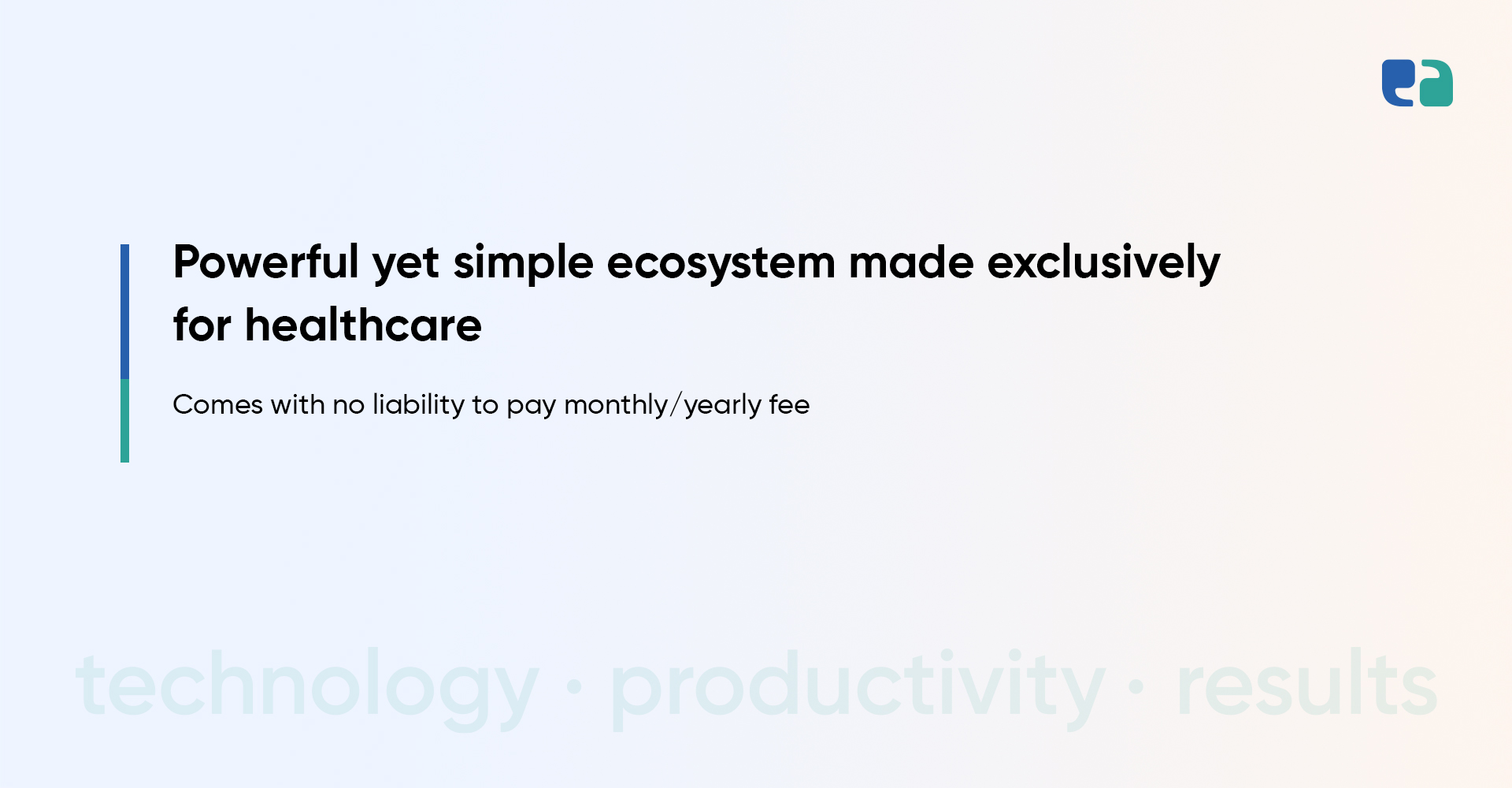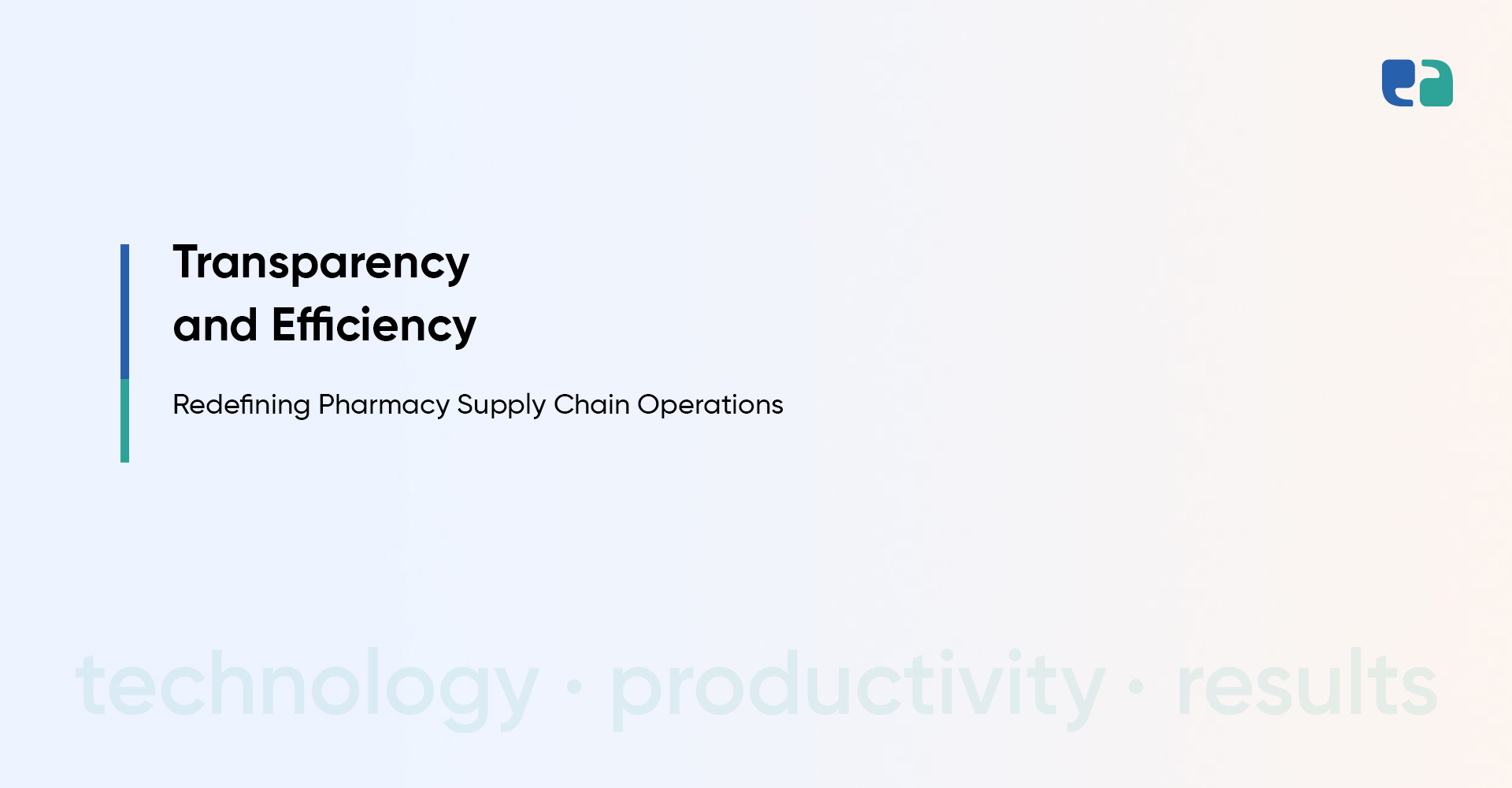The pharmaceutical industry is undergoing a major shift with the rise of AI and machine learning.
While some fear this technology may disrupt traditional processes, AI is proving to be a game-changer—especially in solving drug shortages and supply chain issues.
AI is already making a big impact on drug discovery and development.
It helps scientists find new medicines faster and predicts which drugs might fail before costly clinical trials even begin.
As more pharma companies embrace AI, it’s clear that this technology will shape the future of medicine.
Artificial Intelligence (AI) Software in Drug Discovery
The early stages of drug research and development can take up to six years.
After that, clinical trials often last another 5 years or more.
During this time, only 10 out of 10,000 potential drug candidates make it to clinical trials.
And, in the end, just one out of ten drugs that enter clinical trials gets approved for patients.
The U.S. Food and Drug Administration (FDA) reports that only about 33% of drugs move from Phase II to Phase III.
From there, only 25-30% make it to the next phase.
It’s a long and difficult process.
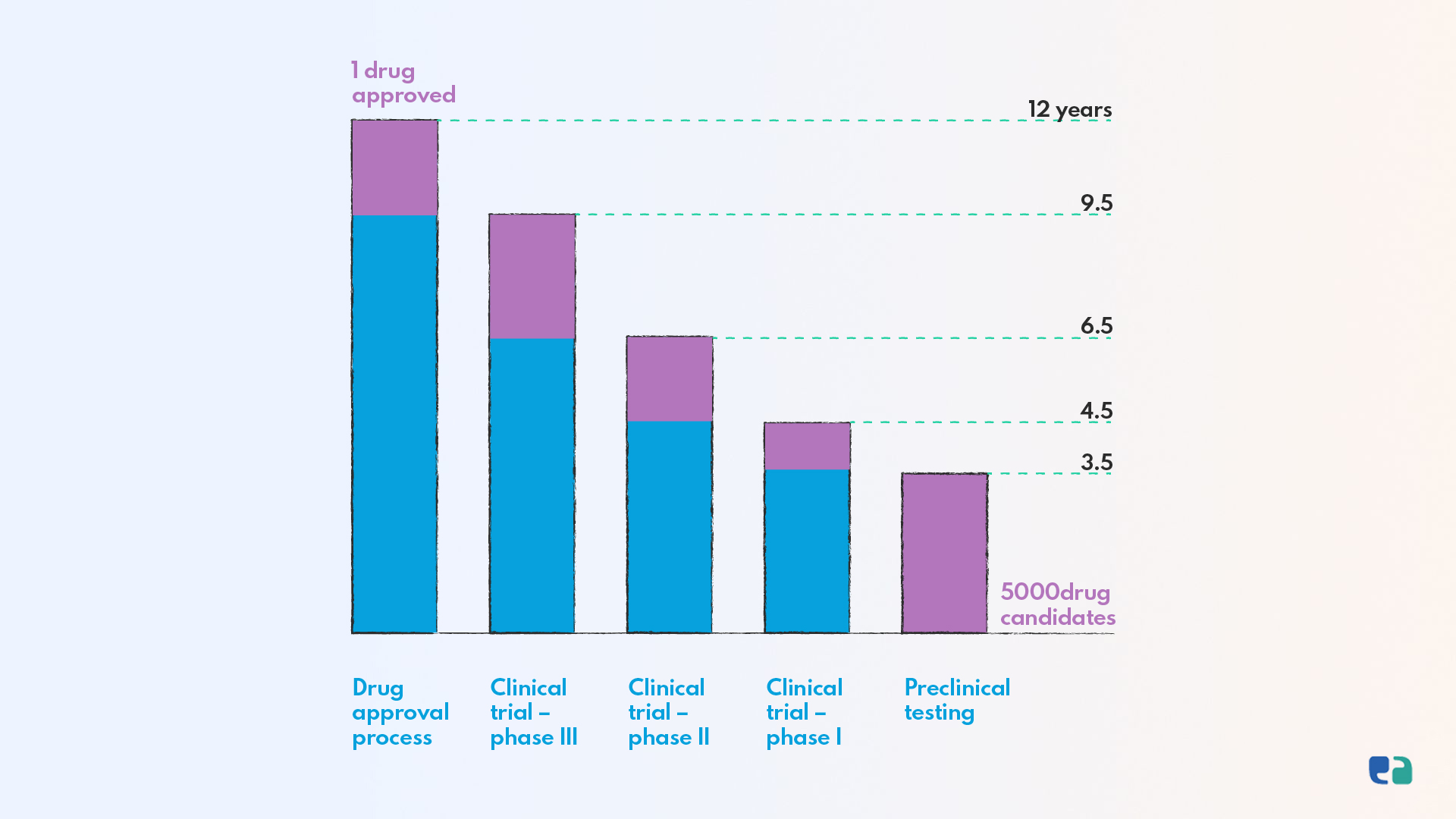
Persist AI: Leading the Charge in Faster and More Cost-Effective Drug Discovery
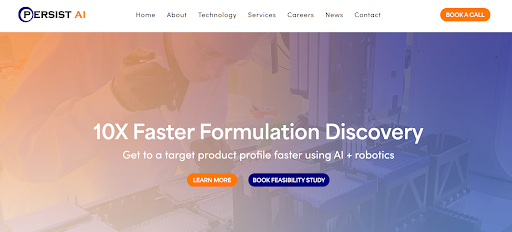
The current drug discovery process is slow and expensive.
It takes 5-10 years and billions of dollars to bring a new drug to market.
For patients waiting on new treatments, this delay can be frustrating.
But AI drug discovery software and automation are changing this.
They offer a quicker, more affordable way to develop drugs and get them to patients faster.
One company leading this revolution is Persist AI.
They use AI to develop long-acting injectable drugs.
By combining AI, robotics, and automation, they’ve slashed drug development times from 5 years to just 2.
This shows just how powerful AI can be in transforming drug discovery—saving time, cutting costs, and helping more patients.
Understanding the Persist AI Model
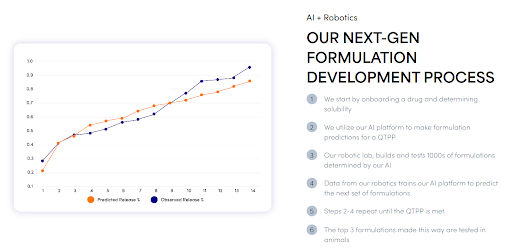
Persist AI is an AI startup in drug development that focuses on developing long-acting injectable drug formulations using AI-driven automation.
This means they are developing injectable drugs that release medication slowly over time.
The company’s key innovation is combining robotics, AI, and high-throughput screening to optimize drug formulations.
1. Robotics
Persist AI employs custom robotics to automate mixing and testing of drug formulations.
This reduces human error and ensures precise, consistent results. The robotics enable rapid creation of small batches, allowing for frequent quality control and predictable scaling.
2. AI
Persist AI uses AI to analyze data from robotic experiments and predict the most effective formulations.
This approach minimizes trial and error in developing successful drugs, utilizing a deep neural network trained on existing literature.
3. High-throughput Screening
Their automated system allows for quick testing of numerous formulations.
This high-throughput screening helps identify promising candidates much faster than traditional methods.
Persist AI claims that its approach can reduce drug formulation development time by 50%, from 5 years to 2 years.
This is because their AI-driven automation system allows them to:
- Reduce trial and error.
- Generate more data than traditional formulation teams.
- Make better predictions than other methods.
The company’s goal is to eventually be able to reduce pre-clinical development time to weeks.
Core Components of an AI-Powered Drug Discovery Platform
Benefits of Using AI in Pharmaceutical Research
Building Your Own AI Drug Discovery Platform: A Step-by-Step Guide
Building an AI drug discovery platform is an iterative process that involves several key steps:
1. Data Acquisition
Gather high-quality data from diverse sources, including scientific literature, patents, clinical trial data, and in-house experiments.
Ensure data quality through careful preprocessing, cleaning, and standardization.
2. Model Development
Choose appropriate AI and machine learning algorithms based on your chosen focus area.
Train these algorithms on your curated dataset to develop predictive models that can identify promising drug candidates or optimize drug formulations.
3. Automation Integration
Integrate automated systems, such as robotics for high-throughput screening and sample preparation, to accelerate experimentation and minimize human error.
Develop a closed-loop system where the AI guides the automation, iteratively refining experiments and optimizing formulations.
4. Platform Validation
Rigorously test and validate your platform’s performance using independent datasets and real-world drug discovery challenges.
Continuous validation ensures that your models are accurate, reliable, and produce actionable insights.
Build Your Team: Multidisciplinary Expertise is Essential
Creating an AI-driven drug discovery platform is no small feat. It requires a team with diverse skills and knowledge.
Collaboration among these experts is key to success. Here are some essential roles to consider:
1. AI and Machine Learning Experts
These professionals develop and implement the algorithms that power your platform’s predictive capabilities. Their expertise ensures that your AI can analyze data effectively.
2. Drug Discovery Scientists
With deep knowledge of drug development processes—from target identification to preclinical testing—these scientists guide the AI’s application and help interpret its findings.
3. Automation and Robotics Engineers
These engineers design and implement automated systems that speed up experimentation and data collection, which is crucial for efficiency in drug discovery.
4. Data Scientists
Experts in managing and analyzing data, they ensure that the data used to train your AI models is high-quality. Their work enables you to derive valuable insights from your data.
5. Software Engineers
Skilled software engineers build the infrastructure and interfaces of your platform. They create user-friendly tools that allow researchers to interact with the AI and access insights easily.
By bringing together these diverse talents, you can create a robust AI drug discovery platform.
If you’re looking to streamline this process, consider contacting a healthcare-specific IT team. With all these areas of expertise under one roof, you’ll have everything you need to succeed.

